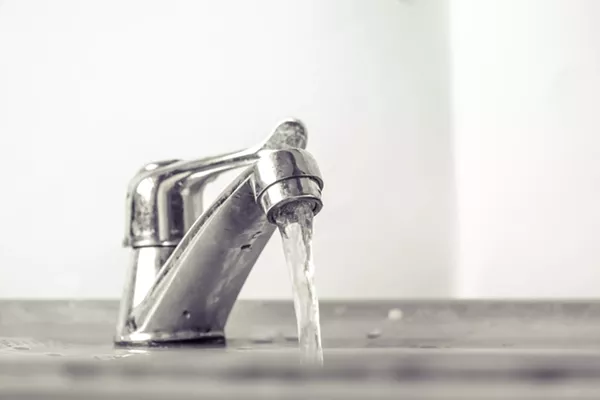A report produced by a Washington D.C.-based consumer protection group that includes data from public utilities' water testing records shows the presence of several cancer-causing carcinogens in Detroit's water system.
Environmental Working Group compiled a zip code-by-zip code database of contaminants reported in the nation's water water supply between 2010 and 2015. The tests are conducted by individual water utilities and the results are public record. EWG assembled the results in an easily searchable database on its website.
According to Great Lakes Water Authority records that EWG examined, Detroit's water supply holds concentrations of cancer-causing chromium hexavalent, radium 226 and 228, and trihalomethanes (TTHMs) that are higher than what public health advocates consider safe.
EWG compares the concentration of contaminants to the Environmental Protection Agency's legal limits, as well as public health goals developed by the California Office of Environmental Health Hazard Assessment.
Alexis Temkin, a toxicologist at EWG, tells Metro Times that EPA limits are devised with industry's economic interest factored in, while the COEHHA's public health goals are devised solely based on what's safe for human consumption.
Additionally, the EPA hasn't updated some of its guidelines in around 40 years, though some were updated in the early 2000s.
The Great Lakes Water Authority isn't violating any of the EPA's legal limits, and Temkin says that metro Detroit's water supply is in better shape than much of the country. But she says it is still contaminated, and each of the carcinogens' concentrations exceed COEHHA's public health goals.
"This is about knowing what's in your water and the risks ... especially if you're pregnant or have young kids, then those risks are more serious," Temkin says.
"I think knowledge is power, and once you're aware of the contaminants in your water, then you can take action to remove them as best as possible."
A test conducted in 2015 found 26.6 parts per billion (ppb) of TTHMs in Detroit's water supply. The industry-friendly EPA legal limit is 80 ppb, so the Great Lakes Water Authority is in compliance with federal clean water standards. However the OEA set a public health goal of .8 ppb, a level it considers safe for human consumption.
TTHMs are cancer-causing contaminants that form when utilities use chlorine or other products to clear water of harmful bacteria.
Tests conducted in 2014 found .53 picocuries per liter of radium in Detroit's water supply. The EPA's limit is five picocuries per liter, but the COEHHA's public health limit is .019 picocuries.
Radium is a naturally occurring contaminant found in the soil and earth's crust that gets in body tissue and can lead to bone cancer and other cancers as it breaks down in the body, Temkin says. It's also a by-product of fracking.
Tests in 2014 and 2015 found .116 ppb of chromium hexavalent. There is no EPA-established legal limit, but the COEHHA's set a goal of .02 ppb. The national average is .797 ppb.
Chromium typically gets into the water supply via industrial runoff or natural occurrences in mineral deposits and groundwater.
There's limited testing for each contaminant because water utilities aren't always required to test for them annually or quarterly. That includes radium, for which they must only test every three years.
How does one clear their water of the contaminants? The EWG's site also offers a guide to a wide range of water filters, and notes which are effective in filtering out specific contaminants. EWG doesn't financially benefit from the sale of the filters.








